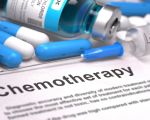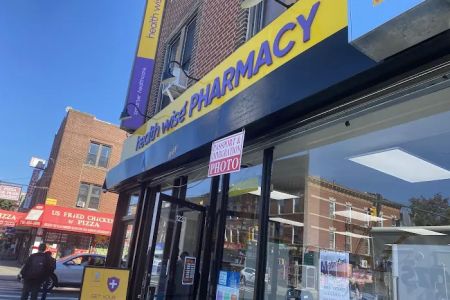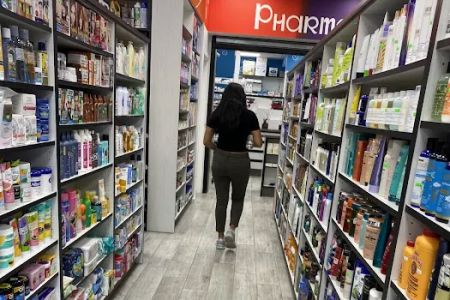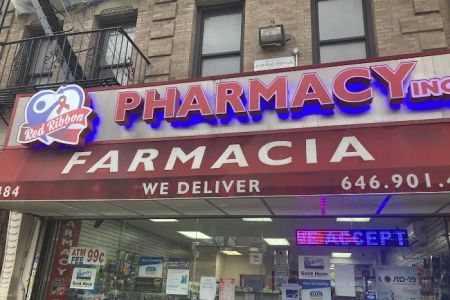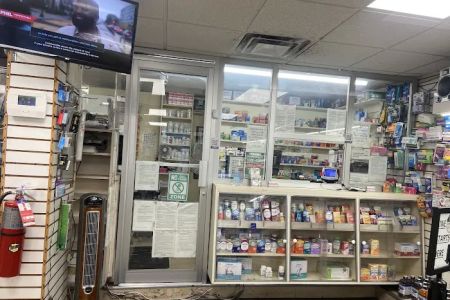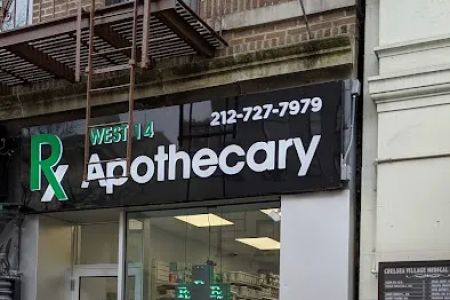Pharmacy Programs for Managing High-Risk Medications: Ensuring Patient Safety and Effective Treatment
Understanding the Need for Pharmacy Programs in High-Risk Medication Management
When I first encountered the complexities of high-risk medications, I never fully appreciated the importance of well-designed pharmacy programs until I saw the profound impact they had on patient outcomes. High-risk medications, including anticoagulants, immunosuppressants, and certain pain management drugs, can significantly affect patients' health if not properly managed. Pharmacy programs that specialize in these medications are not just a regulatory requirement; they are a critical part of ensuring that patients receive the most effective care while minimizing the potential for adverse effects.
The Challenges of Managing High-Risk Medications
Managing high-risk medications is far from simple. These drugs have a narrow therapeutic index, meaning the difference between a therapeutic dose and a harmful dose can be extremely small. From personal experience, I've seen patients experience severe side effects, not because the medications were ineffective, but because they weren't closely monitored. Whether it's adjusting dosages, monitoring for interactions with other drugs, or checking for signs of toxicity, managing high-risk medications requires constant attention and expertise.
How Pharmacy Programs Are Designed to Help
Pharmacy programs designed for high-risk medication management are tailored to meet specific patient needs. One of the most effective components of these programs is medication therapy management (MTM). MTM ensures that patients are on the most appropriate medications for their conditions and helps identify potential drug interactions, adverse reactions, or side effects before they cause harm. By working directly with patients, pharmacists can provide counseling and advice on proper medication usage, making it easier for patients to stick to their treatment plans and avoid costly errors.
Real-Life Success Stories: Pharmacy Programs in Action
Let me share a story from my time working at a hospital pharmacy. One of our patients, an elderly woman, was prescribed an anticoagulant after a stroke. She had been experiencing dizziness and frequent falls, but it wasn't immediately clear that her medication was the cause. After reviewing her medication history and collaborating with her physician, we discovered that her dose needed to be adjusted. Within weeks of making the necessary changes, her condition improved dramatically, and she was able to regain her independence. This is just one example of how pharmacy programs for high-risk medications can make a life-changing difference.
The Role of Technology in Medication Management
In today's digital age, technology plays a crucial role in supporting pharmacy programs. From electronic health records (EHR) to advanced clinical decision support systems (CDSS), these tools help pharmacists identify risks and ensure that high-risk medications are managed effectively. I personally find that these tools enable us to track medication interactions, monitor patient progress, and even predict adverse reactions before they happen. This proactive approach is invaluable, especially when managing high-risk drugs that require constant vigilance.
Education and Training for Pharmacy Professionals
One of the keys to the success of pharmacy programs is the continuous education and training of pharmacy professionals. Pharmacists must stay up to date with the latest research, drug formulations, and treatment protocols. This ongoing education helps ensure that they are always prepared to make the best decisions for their patients. During my training, I realized that managing high-risk medications isn't just about knowing the drugs; it's about understanding the unique needs of each patient and using that knowledge to provide personalized care.
How Pharmacy Programs Improve Patient Outcomes
At the heart of every pharmacy program for high-risk medications is the goal of improving patient outcomes. I’ve witnessed firsthand how a well-executed pharmacy program can lower the risk of adverse drug reactions, reduce hospital readmissions, and ultimately save lives. The key lies in a collaborative approach—pharmacists, doctors, nurses, and patients working together to ensure the best possible treatment. The ultimate aim is not just to manage the medications but to manage them in a way that improves the patient’s overall health and quality of life.
The Future of Pharmacy Programs in Managing High-Risk Medications
Looking ahead, I’m excited about the future of pharmacy programs for managing high-risk medications. As new drugs are developed and more is understood about how medications interact with our bodies, pharmacy programs will continue to evolve. I believe we’ll see more personalized medication management programs tailored to the unique genetics and health conditions of individual patients. Additionally, the role of artificial intelligence (AI) and machine learning in predicting drug interactions and patient responses will likely revolutionize the way we manage high-risk medications in the future.
Conclusion: Why Pharmacy Programs Matter
In my experience, pharmacy programs for managing high-risk medications are not just a service; they are a vital aspect of healthcare that ensures patients receive the best possible care. With the right tools, training, and support, pharmacy programs can help minimize the risks associated with high-risk drugs, ultimately improving patient outcomes. Whether it’s through better monitoring, personalized treatment plans, or collaboration with other healthcare providers, these programs play a crucial role in keeping patients safe and healthy. If you’re looking for guidance or help with managing high-risk medications, exploring pharmacy programs might just be the step you need to take for better health outcomes.

